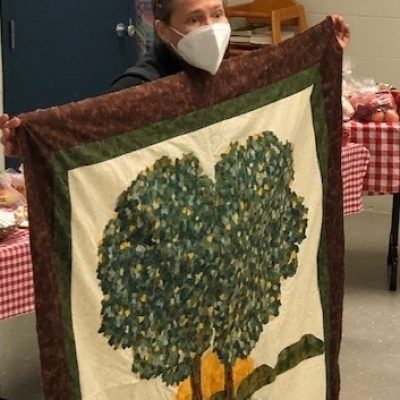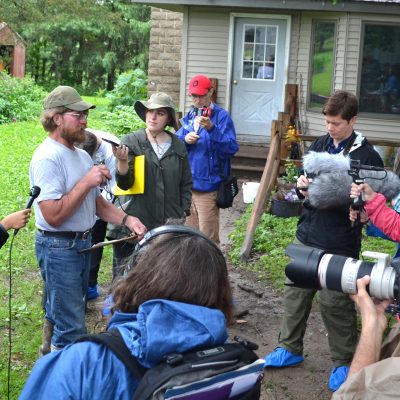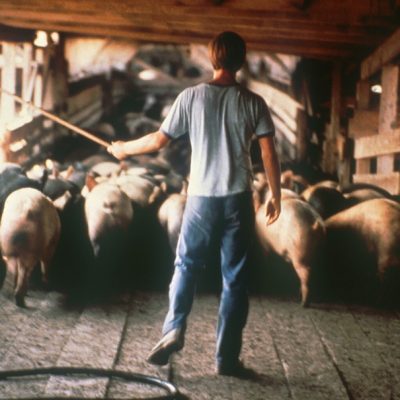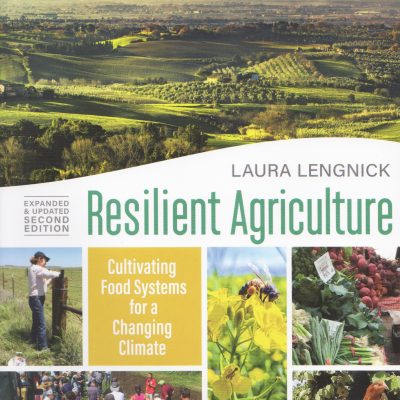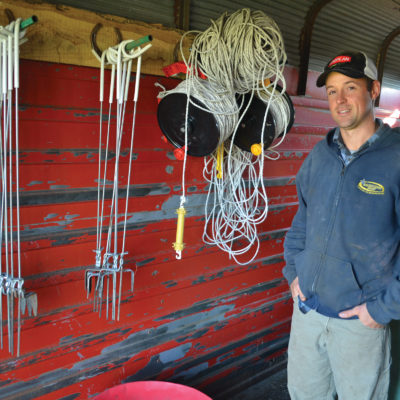Soil Health & Racial Justice — What?!
Farmers Seeking to Create a Just, De-centralized, Diverse Food & Farming System Talk Economic & Racial Justice
The Questions… What does soil health have to do with racial justice? Why does the Land Stewardship Project write articles and posts about racial justice for mostly homogenous, white audiences in rural, farming communities? From time to time, LSP soil health organizers are asked these questions by farmers at our field days and workshops. Some… Read More →
